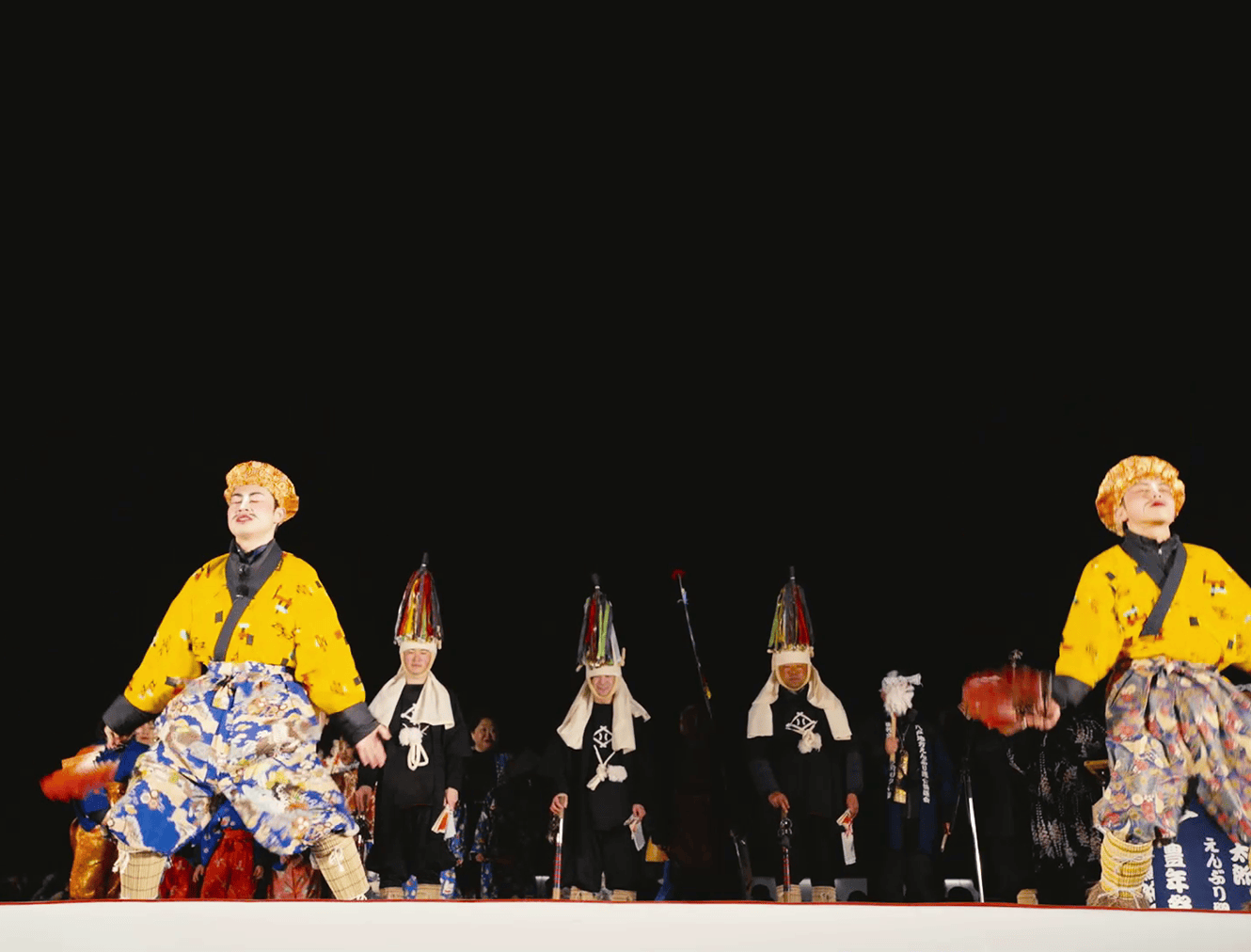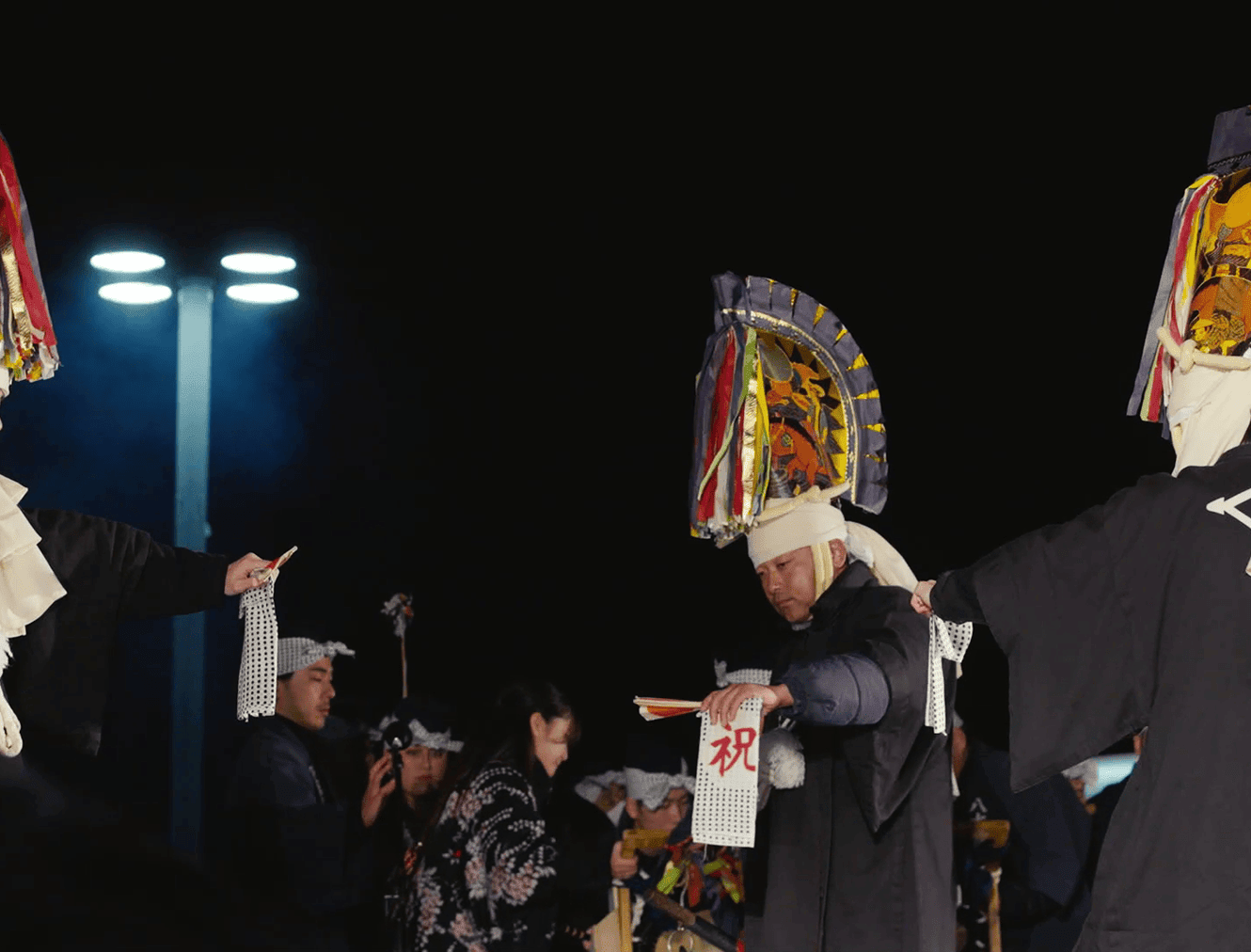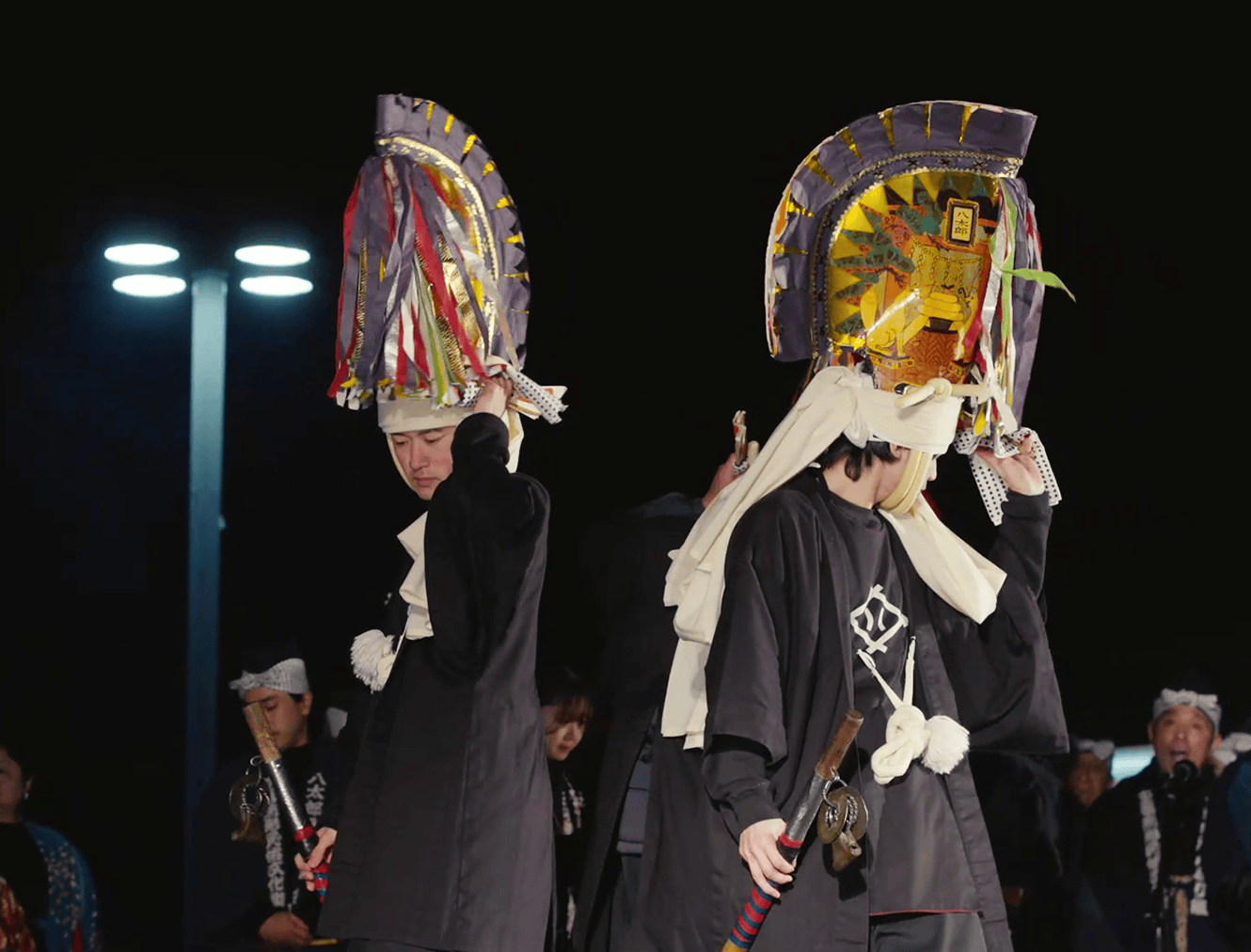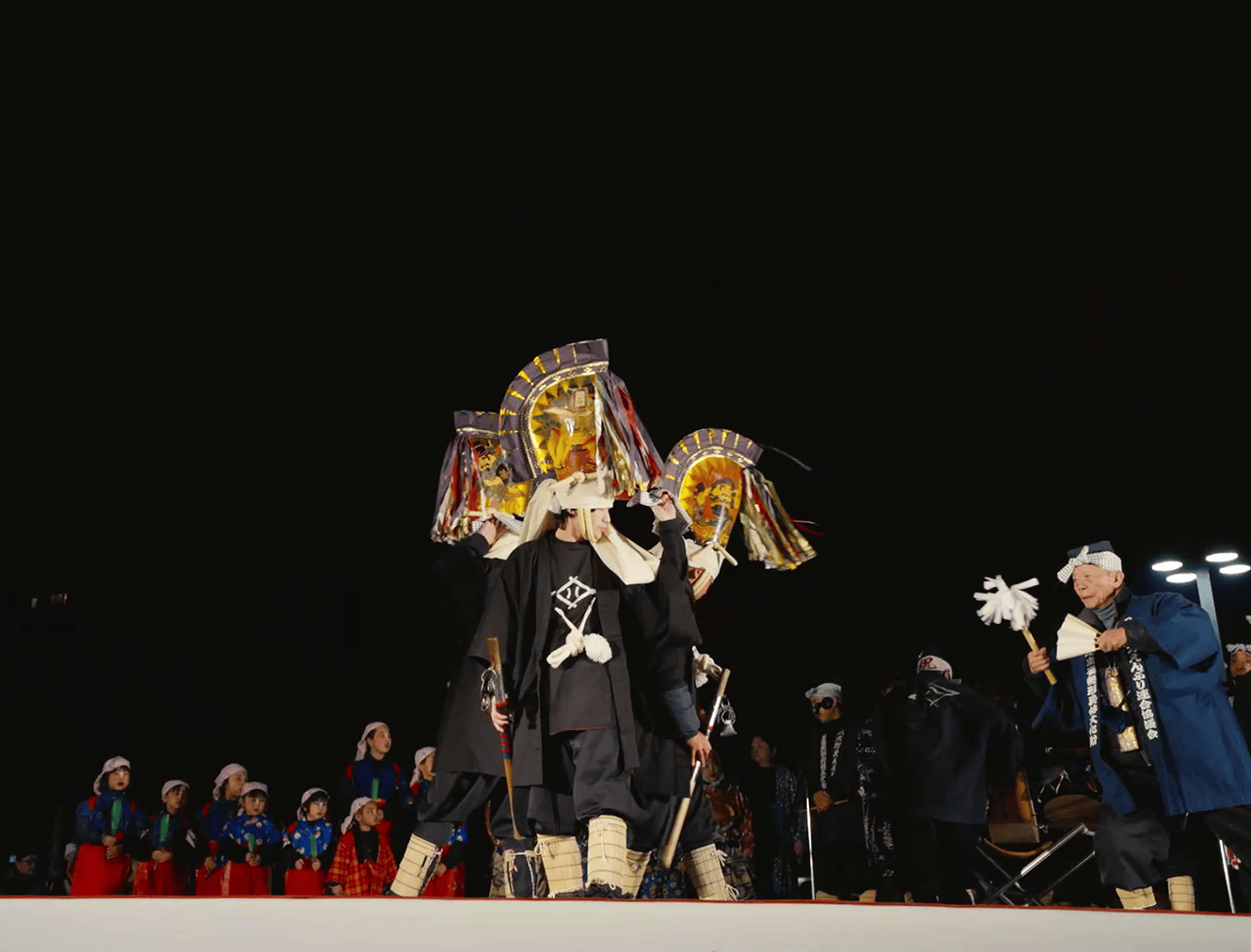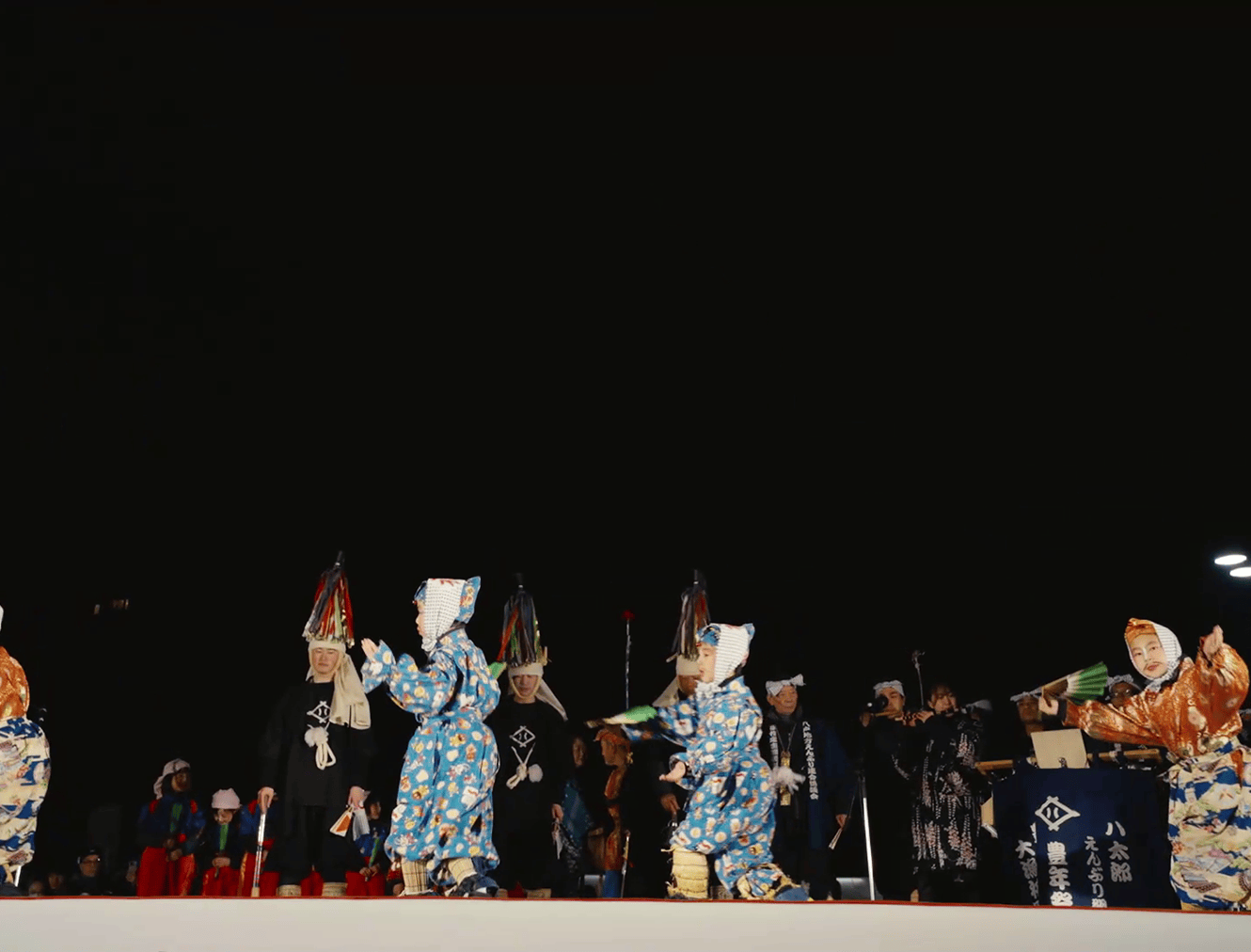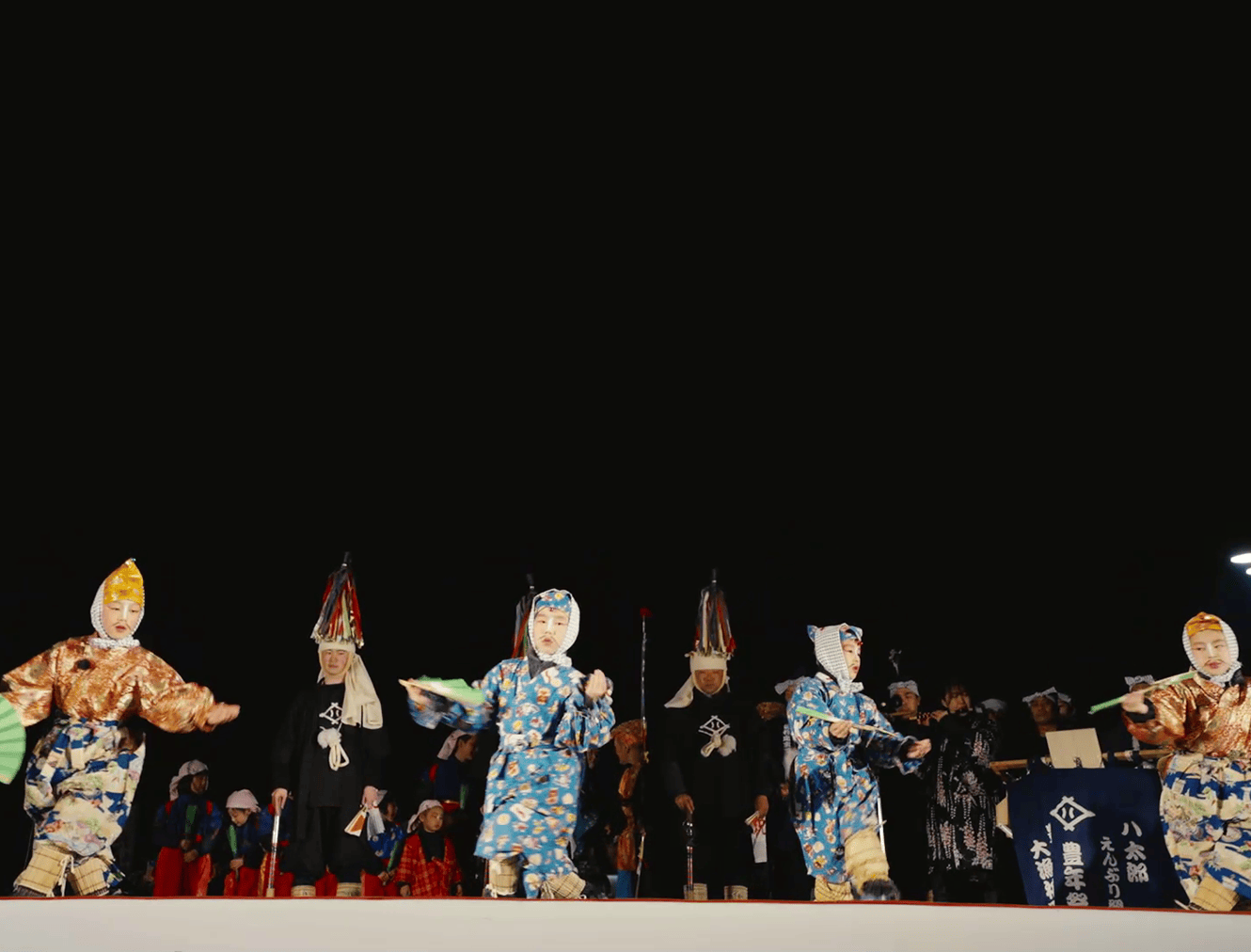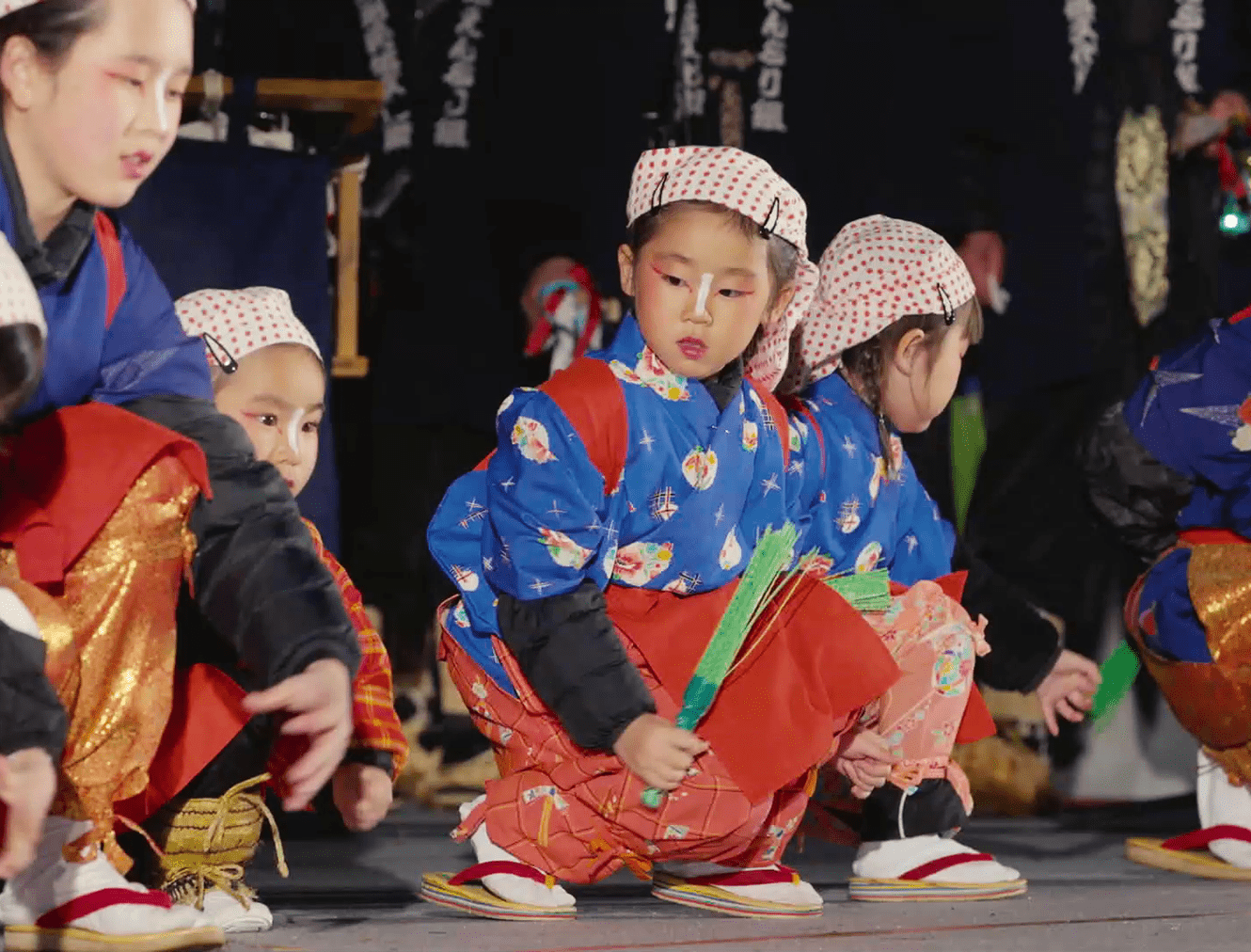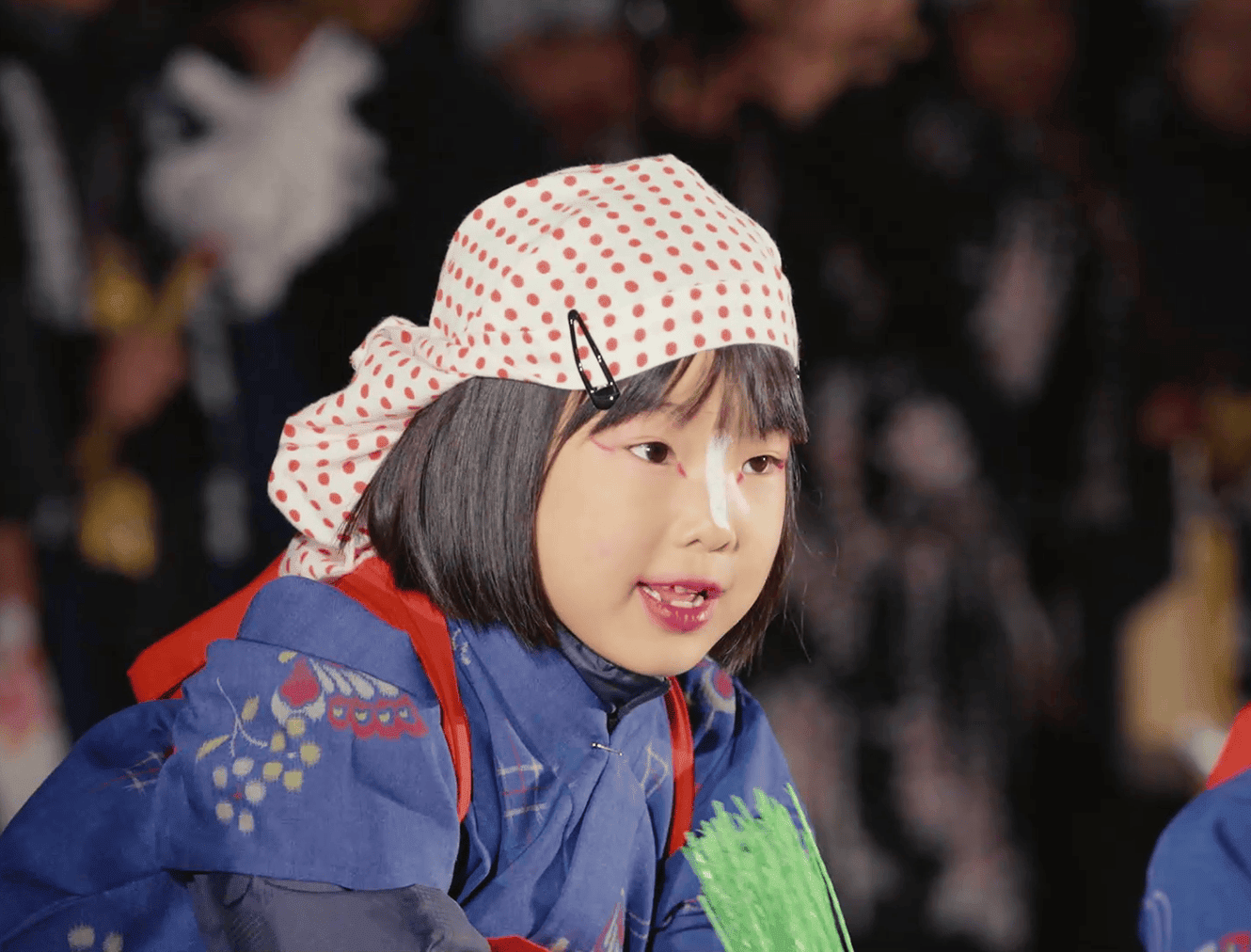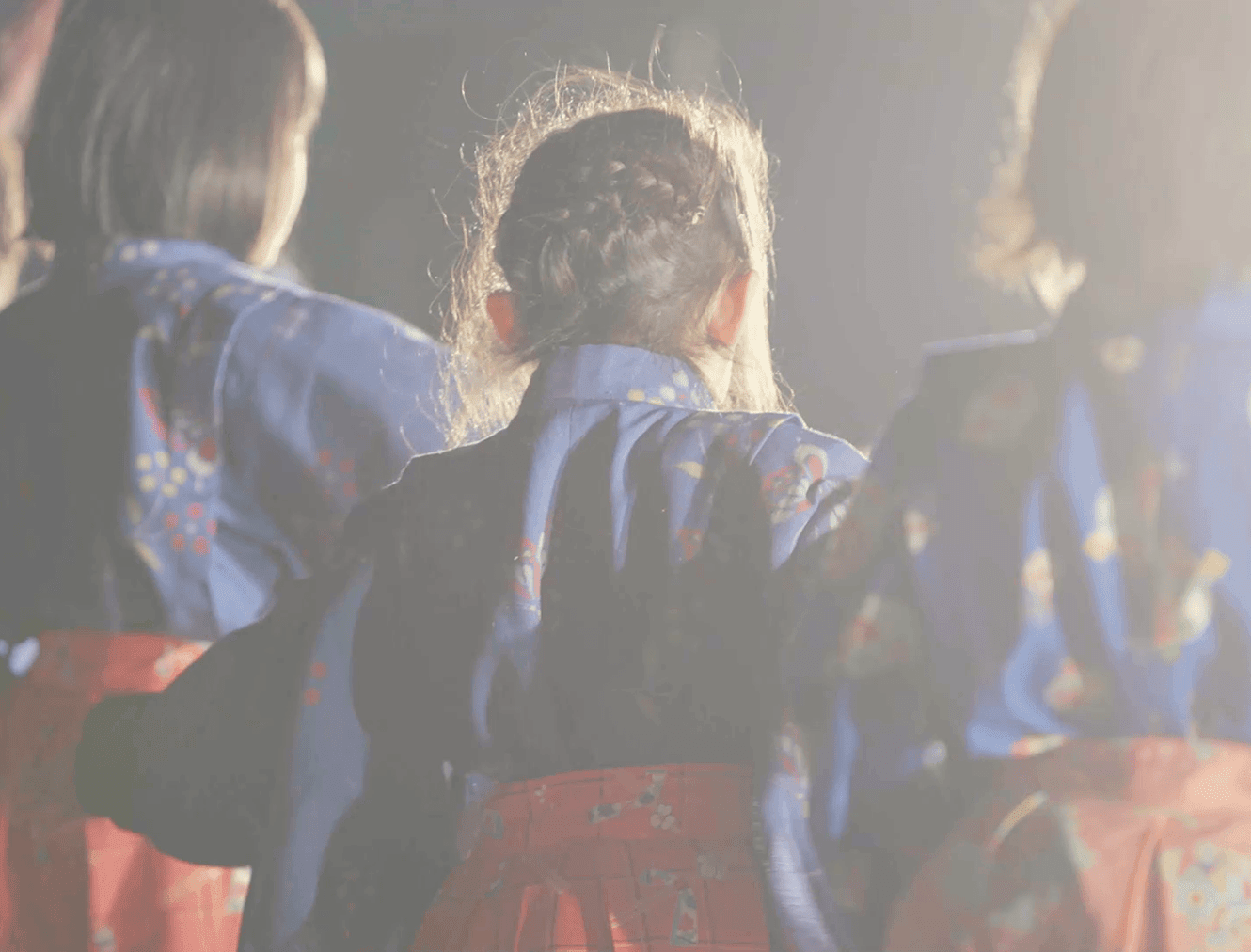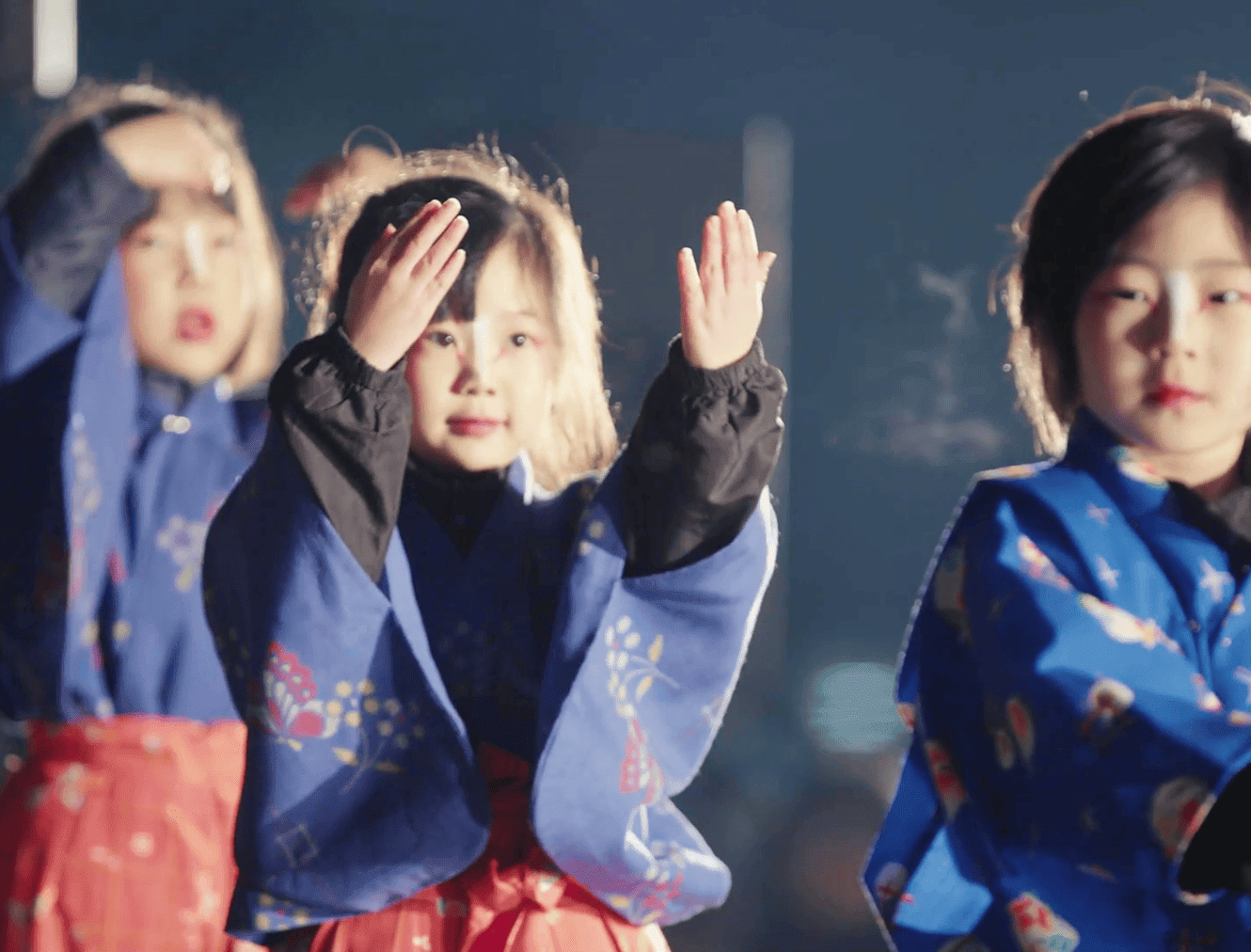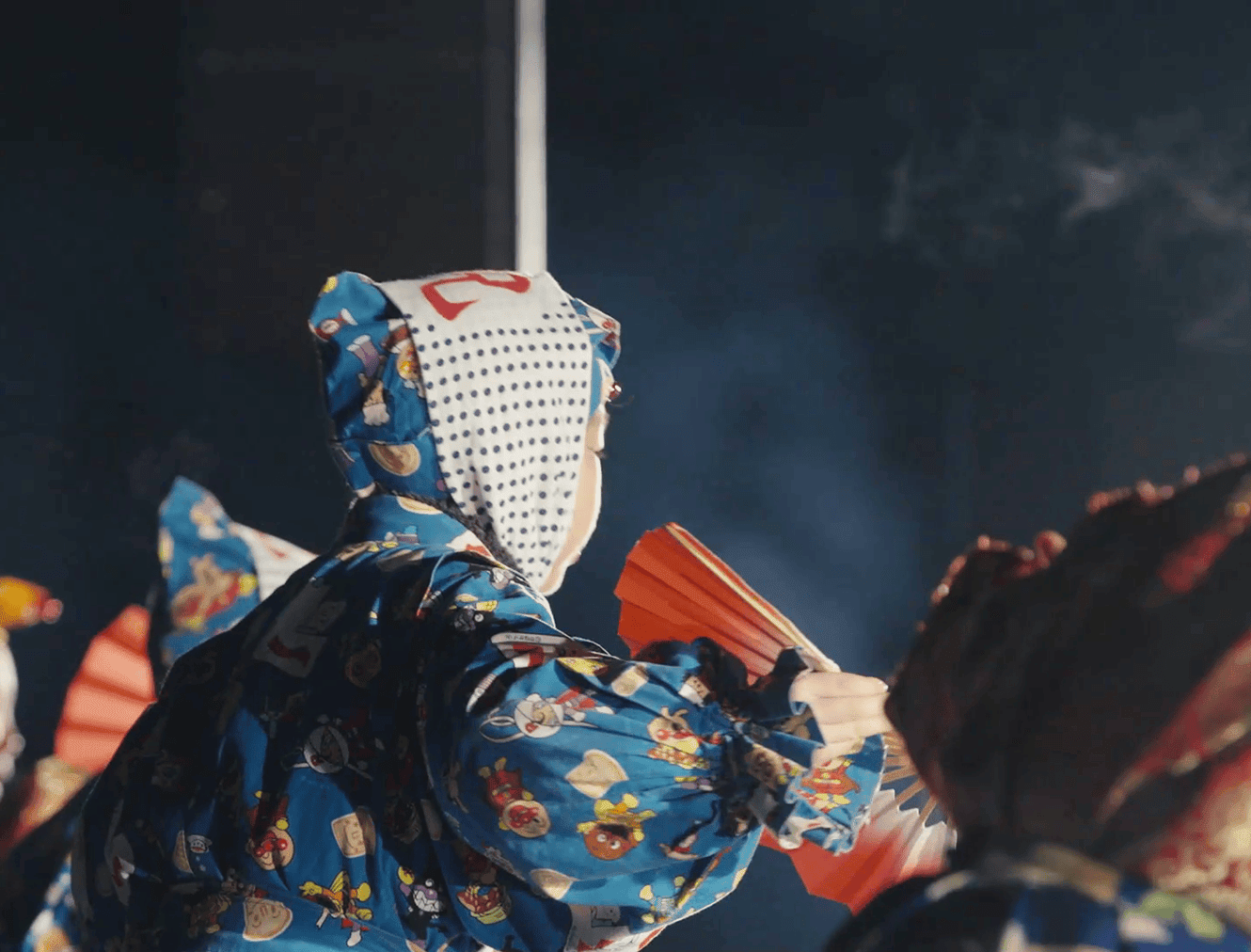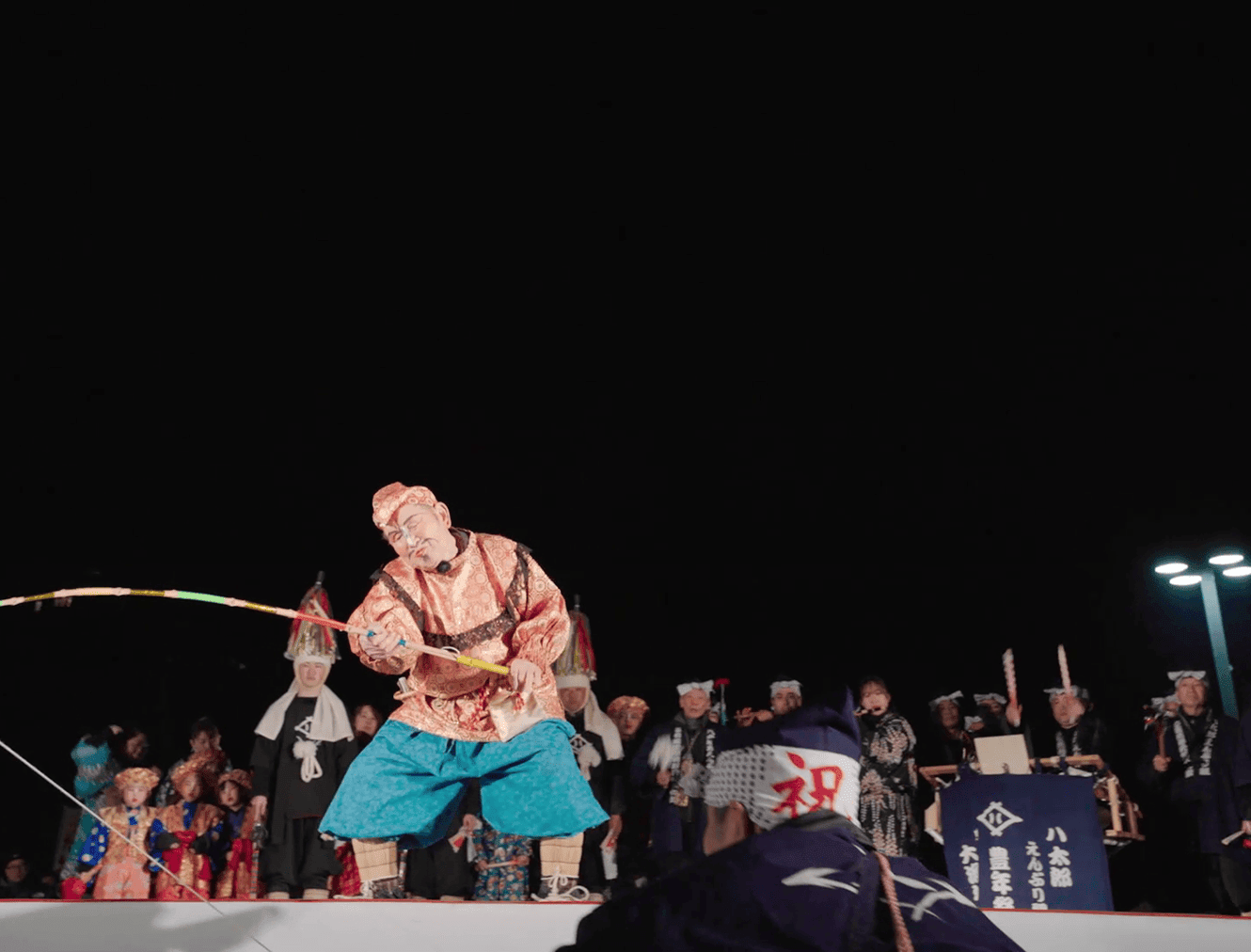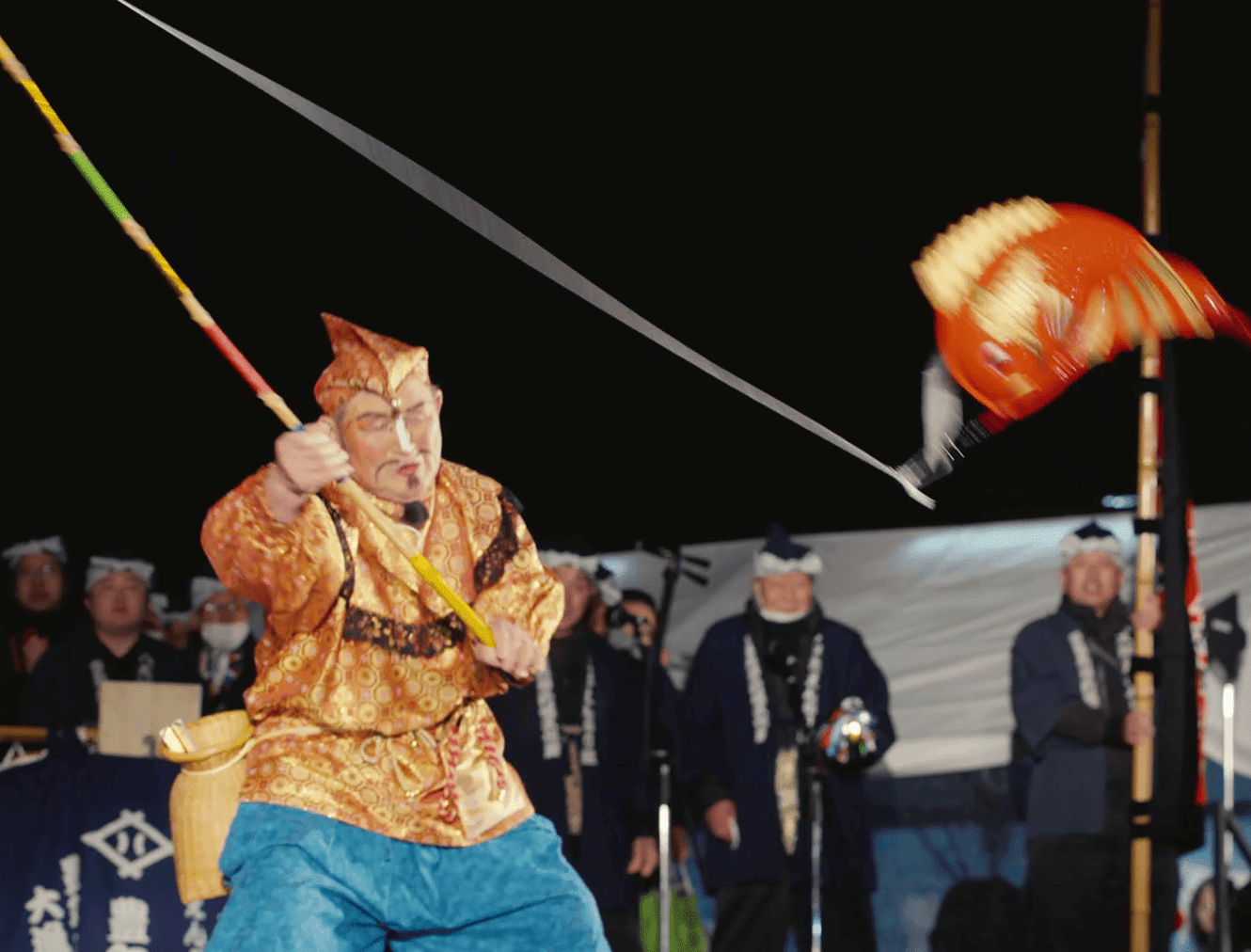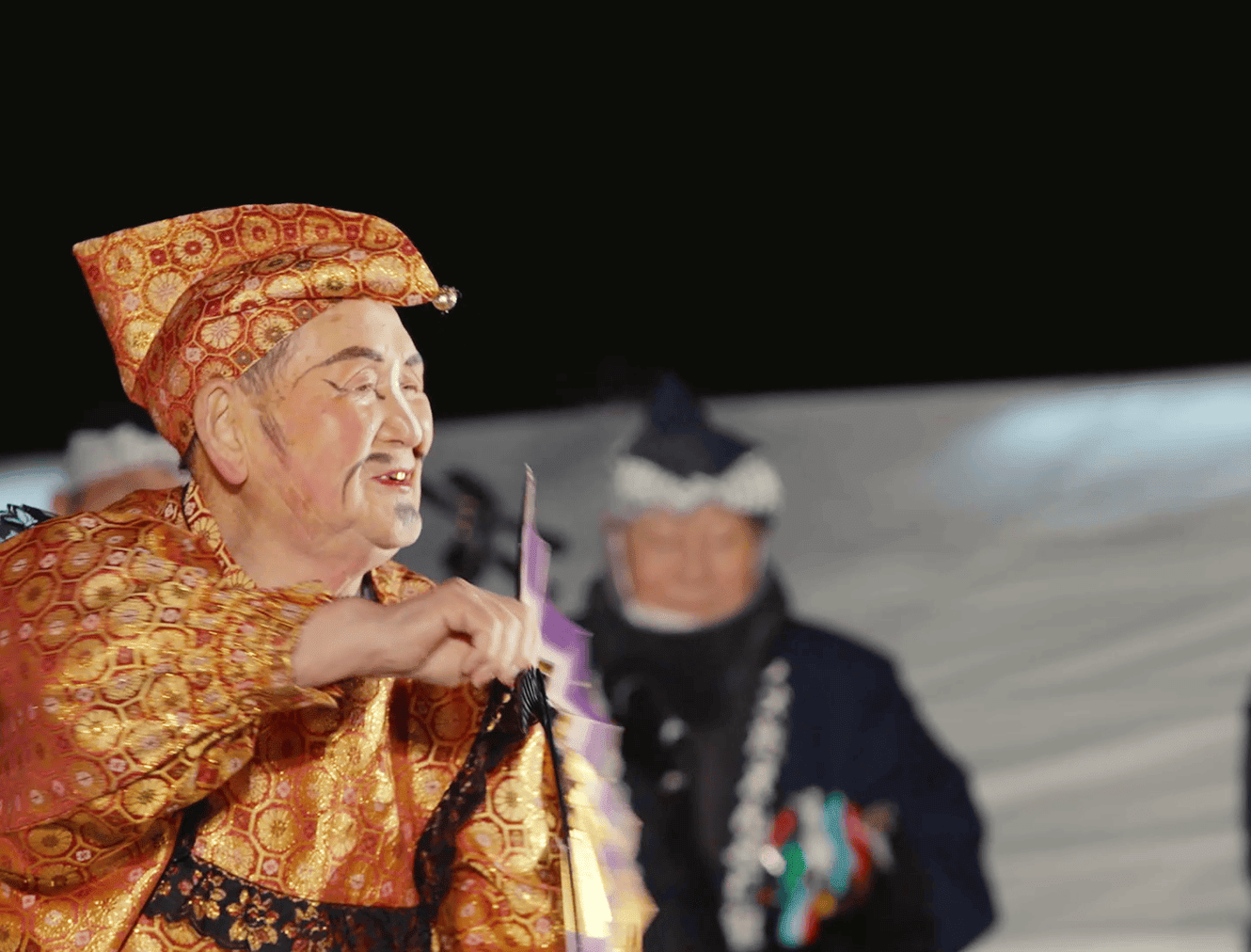World
Festivals
Hachinohe Enburi
A vibrant ritual performance that reenacts rice cultivation amidst the snow, serving as a celebratory prayer for the arrival of spring and a bountiful harvest.
Hachinohe Region, Aomori Prefecture, Japan
Enburi is a ritual dance in which performers hold an "Eburi," a tool used to prepare rice paddies. The lead dancers, called "tayu," wear horse-head-shaped eboshi hats and enact vigorous movements representing rice farming.
A type of taue-odori (rice-planting dance), a pre-celebration ritual known as yoshuku, in which a series of rice cultivation tasks are mimicked through dance during the winter season (around the Lunar New Year). This tradition is widely practiced in and around Hachinohe City in Aomori Prefecture. In Hachinohe, over 30 enburi troupes participate in a grand procession after dedicating performances at shrines every year on February 17. The city becomes filled with dancers and spectators during this vibrant celebration.
For four days, enburi troupes not only perform on stage but also visit private homes, shopping streets, and local businesses to offer kadozuke (door-to-door performances). The tayu, or lead dancers, wear eboshi (tall black hats) shaped like horses’ heads and perform dynamic yet elegant movements by vigorously shaking their heads and pressing or scraping the janggi—a tool resembling a rice planter—against the ground.
Between the main dances (suri), there are celebratory performances such as "Pine Dance” and "Ebisu Dance,” as well as charming side acts like Enko Enko, performed by children. The brilliance of enburi seen against the white snow is cherished as a festive art form that heralds the end of the harsh winter and the arrival of long-awaited spring.
Designated as a National Important Intangible Folk Cultural Property.

